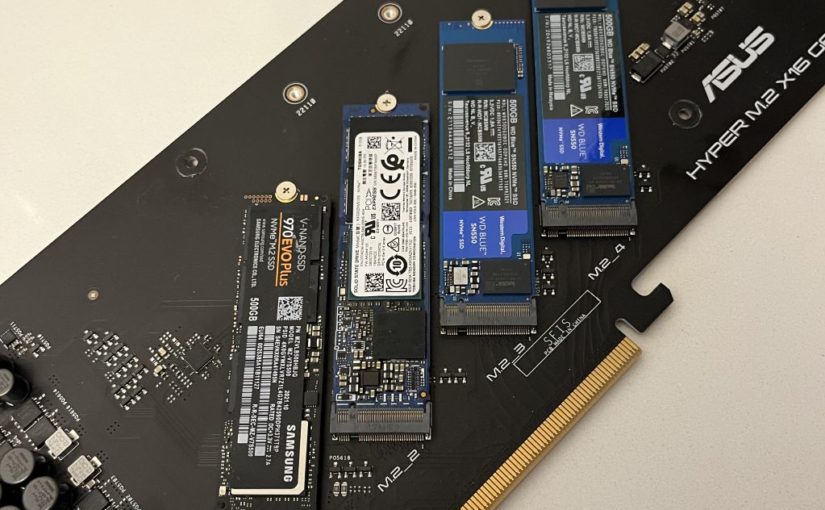All of the content floating around the web takes you right into setting up Unraid after you first run it. I compiled list of first impressions right after I was first presented with Unraid.
USB Boot
The USB stick you launch the OS from is not just for installation purpose. There is no installation procedure to go through, and you need to expect that the USB stick will stay in the PC as the boot drive. This was not clearly apparent to me off the start. Unraid license is also tied with the USB stick. This weird approach was also surprising to me. If you stick fails, or you lose it, you have to go through some sort of process of theirs to re-register your license to a different stick.
The Array
Unraid does not allow setting up drives into arrays like you might expect in any other OS. Instead, there’s The Array. It is referred to as The Array, because there is only one – The Array. Unraid has a way of allowing the user to set faster drives (say, SSDs) as a cache and then you can devote you VMs to be bound to the cache. The cache then becomes not-a-cache-anymore-cache.
The USB Creator
So far, I wasn’t able to create a working USB stick, despite using about 10 different sticks, some new, some old, and 3 different computers. Either the tool failed to create the bootable partition outright, or the OS was/became corrupted shortly after launch. Given the number of happy users of Unraid, this might be an issue isolated to me somehow, but I wasn’t able to figure it out.
Parity Schema
Since you’re not allowed to create your own arrays, you are only stuck with one – which takes all of your drives. Your options are no parity, 1 parity and 2 parities. That’s it. No such thing as vdevs, raidz3 or such.
